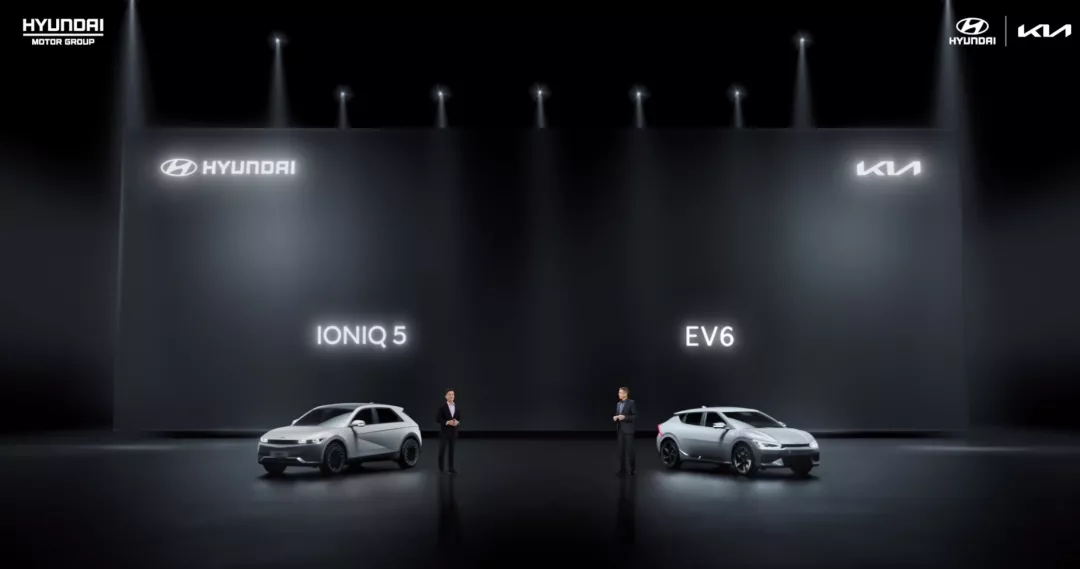Author: Li Yuanyuan from Dian Guan
Many car companies have reserves for all kinds of technical routes, but few have the capacity to commercially cover almost all new energy vehicle technical routes like Hyundai Kia, which include pure electric, plug-in hybrid, hybrid, and hydrogen fuel.
On April 15th, Hyundai Kia announced their brand new Chinese strategy.
Hyundai Motor Group (China) President Li Guangguo and other high-level executives introduced the latest layout and future plans of the group’s technical routes in China and around the world, proposing four core strategies for promoting future development, including electrification and accelerating hydrogen energy commercialization.
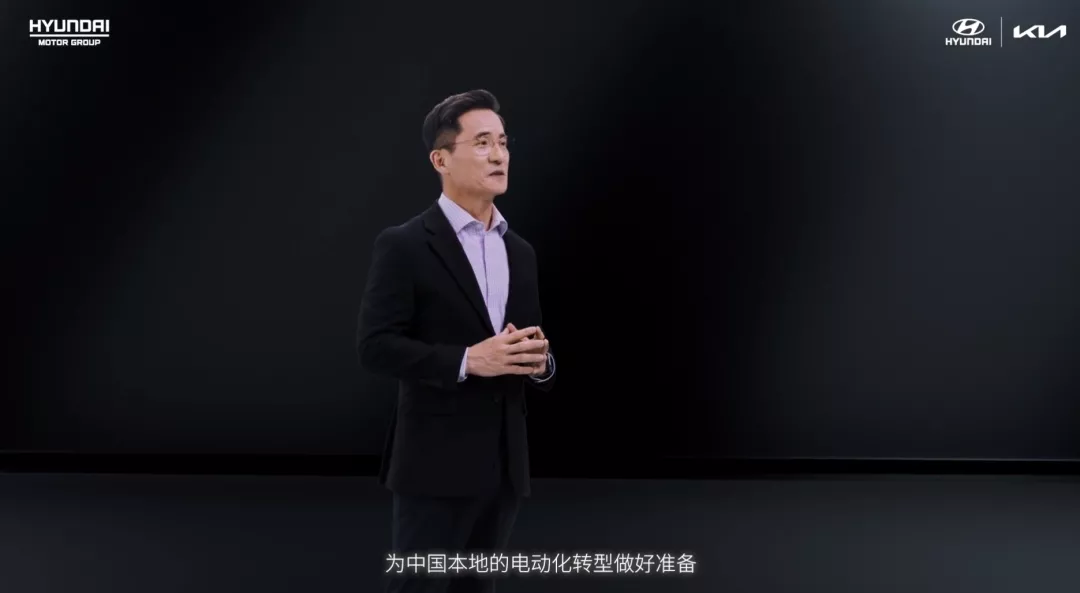
Regarding electrification, Hyundai and Kia will introduce IONIQ 5 and EV6 one after the other, and release pure electric special-purpose vehicle models that are exclusive to the Chinese market. By 2030, Hyundai and Kia plan to expand their new energy product matrix to 21 models in China, covering hybrid cars and hydrogen fuel cell vehicles.
In the field of hydrogen fuel cell cars, on March 2, 2021, Hyundai Motor Group launched the first overseas hydrogen fuel cell system production and sales base, “HTWO Guangzhou,” which started construction in Guangzhou. In the second half of this year, Hyundai and Kia will launch the commercial trial operation of the hydrogen fuel cell passenger car NEXO in China.
ONIQ 5 and EV6 take the lead, promoting 21 new energy vehicle models in China
Li Guangguo pointed out that in 2020, Hyundai and Kia’s sales of plug-in hybrid cars and electric vehicles ranked fourth in the world.
However, their performance in the new energy vehicle field in China has not been outstanding. In China, Hyundai’s new energy passenger cars only sold 4,613 units in 2020, ranking 30th on the sales chart. Hyundai and Kia have decided to change this situation.
In December 2020, Hyundai and Kia released the electric-global modular platform E-GMP (Electric-Global Modular Platform), which was developed as a modular, standardized special platform to accelerate electric vehicle research and development.
Hyundai and Kia’s flagship pure electric vehicle models, ONIQ 5 and EV6, are both developed based on this platform.
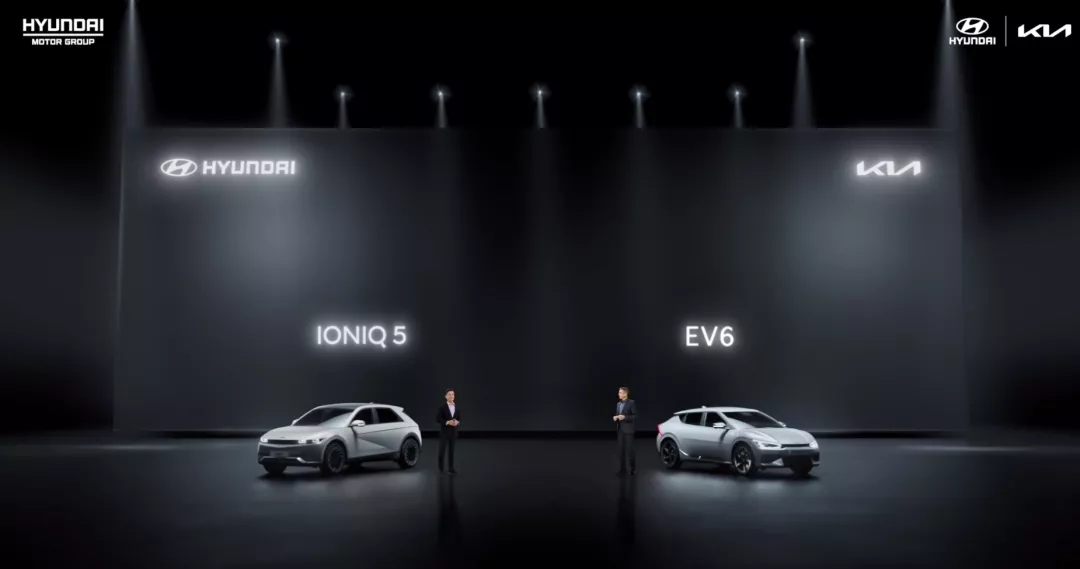 On February 23, 2021, Hyundai launched its exclusive electric vehicle brand, IONIQ, along with its first mass-produced model, the IONIQ 5, which has made significant improvements in terms of vehicle comfort, performance, charging, and intelligence compared to previous “oil to electric” models.
On February 23, 2021, Hyundai launched its exclusive electric vehicle brand, IONIQ, along with its first mass-produced model, the IONIQ 5, which has made significant improvements in terms of vehicle comfort, performance, charging, and intelligence compared to previous “oil to electric” models.
On March 30, 2021, Kia launched its first electric vehicle, the EV6, based on the E-GMP platform, with a NEDC comprehensive cruising range of up to 600 kilometers.
According to reports, IONIQ 5 received 18,000 orders in one hour after pre-sales in South Korea, breaking the pre-sales record of Korean car brands in their domestic market. Kia’s EV6 received 21,000 orders on the first day of its official pre-sale in Korea, reaching 162% of its 2021 sales target.
Hyundai and Kia will gradually introduce IONIQ 5 and EV6 and launch pure electric-specific models for the Chinese market. By 2030, Hyundai and Kia plan to expand their new energy product matrix to 21 models, including hybrid and hydrogen fuel cell vehicles.
From a global perspective, Hyundai will use the IONIQ 5 as a starting point to expand its lineup of exclusive electric vehicles and achieve sales of 560,000 electric vehicles per year by 2025, and gain 8%-10% of the global electric vehicle market share by 2040. By 2025, Hyundai plans to introduce 44 electrified models in total, with 23 electric exclusive models, including 11 EVs.
Kia plans to become the global leader in electric vehicles by 2030, with an annual sales goal of 1.6 million units of electric, hybrid, plug-in hybrid and other environmentally friendly vehicles, accounting for 40% of Kia’s total sales. If achieved, Kia’s global pure electric vehicle sales will reach 880,000 units by 2030. Kia will use its exclusive electric vehicle model, the EV6, as a starting point to expand its lineup of electric vehicles. By 2026, Kia plans to expand its electric vehicle models to 11, including 7 electric-exclusive models based on the new electric vehicle platform E-GMP, and 4 electric-derivative models based on the traditional fuel vehicle platform.
Finally, the commercial trial operation of hydrogen fuel in China is about to begin, which represents Hyundai’s continued investment in fuel cell electric vehicles and is one of the highlights of the new energy technology route for the future. Hyundai established its fuel cell development unit as early as 1998, and in 2013, launched the world’s first mass-produced hydrogen fuel cell vehicle ix35 FCEV (Tucson Fuel Cell), with global sales of 916 units from 2013 to 2019.In 2018, the latest generation fuel cell vehicle NEXO of Hyundai was launched for the global debut at the 2018 CES, and the cumulative sales of the vehicle reached 9245 units from 2018 to the first half of 2020.
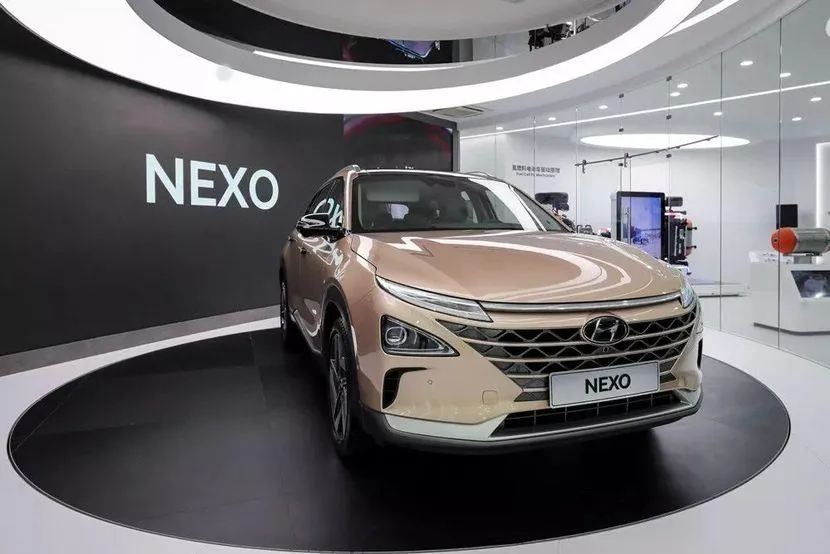
In December 2018, Hyundai released the long-term blueprint for hydrogen energy and hydrogen fuel cell vehicle development, “FCEV 2030 Vision”, planning to increase the annual production capacity of fuel cell systems to 700,000 sets by 2030 for manufacturing cars, drones, ships, railcars, and forklifts.
By 2030, Hyundai plans to ensure its annual production capacity of fuel cell electric vehicles, including passenger cars and commercial vehicles, reaches 500,000 units to meet the expected global demand for fuel cell electric vehicles of about 2 million units per year.
In November 2020, Hyundai and its partners in the hydrogen demonstration area, including Shanghai Electric Power, Shanghai Shunhua, and Fusion Power Technology, in the Yangtze River Delta region, and China Iron and Steel Research Institute and Hebei Iron and Steel, in the Beijing-Tianjin-Hebei region, signed a strategic cooperation agreement. In December of the same year, Hyundai released the exclusive brand for hydrogen fuel cell systems, HTWO.
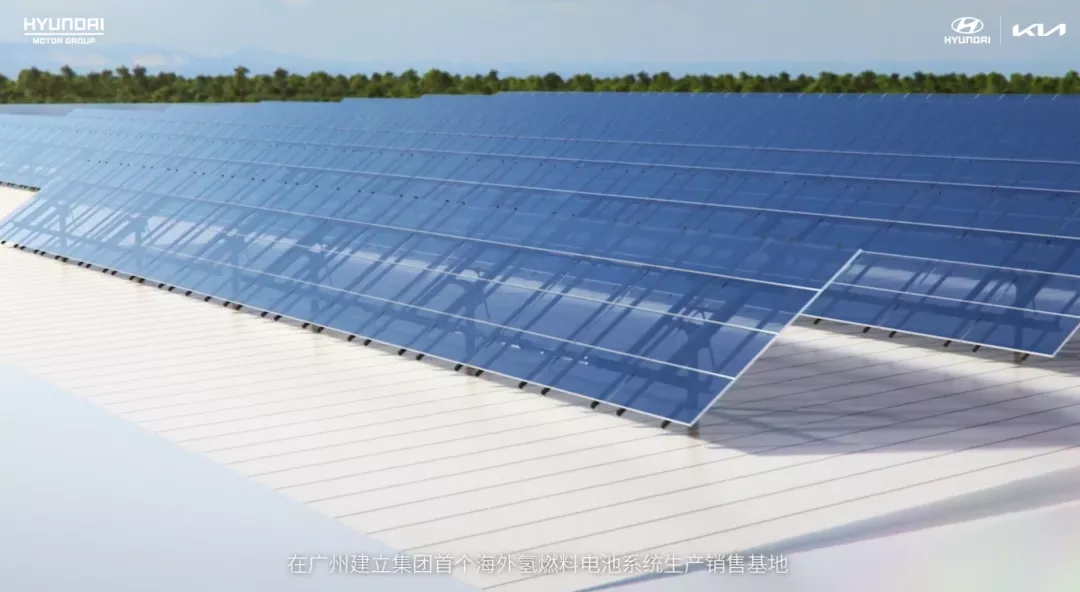
On January 15, 2021, Hyundai announced the signing of an investment agreement with Guangzhou Development Zone Government to establish Hyundai Motor Hydrogen Fuel Cell System (Guangzhou) Co., Ltd. in Guangzhou Development Zone. On March 2 of the same year, the groundbreaking ceremony of “HTWO Guangzhou,” the world’s first overseas hydrogen fuel cell system production and sales base of Hyundai, was held in Guangzhou.
In China, Hyundai has also accelerated the pace of hydrogen fuel technology development.
Strengthen R&D, Shanghai to build a digital R&D center
At the Hyundai-Kia strategy conference, Li Guangguo put forward four core strategies to promote future development.
In addition to accelerating electrification and hydrogen fuel cell commercial use in China, the four strategies also include further strengthening localization R&D, launching exclusive high-quality products and services tailored for Chinese consumers, and promoting the transformation and upgrading of joint venture brands.
Du Sika introduced that Hyundai and Kia plan to establish the group’s first overseas advanced digital R&D center in Shanghai in the second half of this year. The center will focus on the current four disruptive technology development directions: autonomous driving, interconnectivity technology, electrification, and shared mobility, accelerating Hyundai’s and Kia’s digital transformation in China.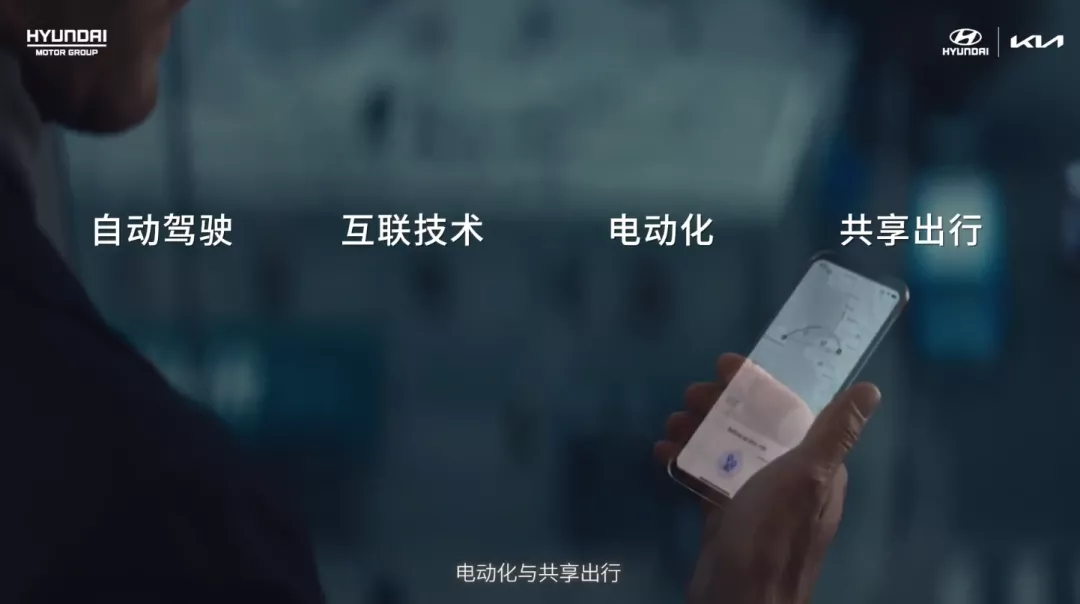
As part of the global R&D network of the group, local technology and service achievements in China will be further applied globally.
Regarding brand transformation and upgrading, Hyundai and Kia will create clear and differentiated brand images, and a boutique and high-end product matrix in China under the guidance of the “More China” brand strategy.
Li Hongpeng, the Chief Commercial Officer of Hyundai Motor Group (China), stated that Beijing Hyundai will continue to practice the “HSMART+” technology brand strategy, and further enable more Chinese users to enjoy a new smart travel experience that is cleaner, smarter, and more convenient with innovative technologies in the three areas of green travel, connected travel, and free travel.
In the increasingly competitive field of electric vehicles, traditional joint venture brands have not yet shown sufficient advantage in latecomer competition; the economy of hydrogen fuel cell vehicles, especially passenger cars, is still highly controversial. Whether Hyundai and Kia’s strategies that cover all routes can be accepted by the market and achieve the predetermined goals is worth further attention.
This article is a translation by ChatGPT of a Chinese report from 42HOW. If you have any questions about it, please email bd@42how.com.
